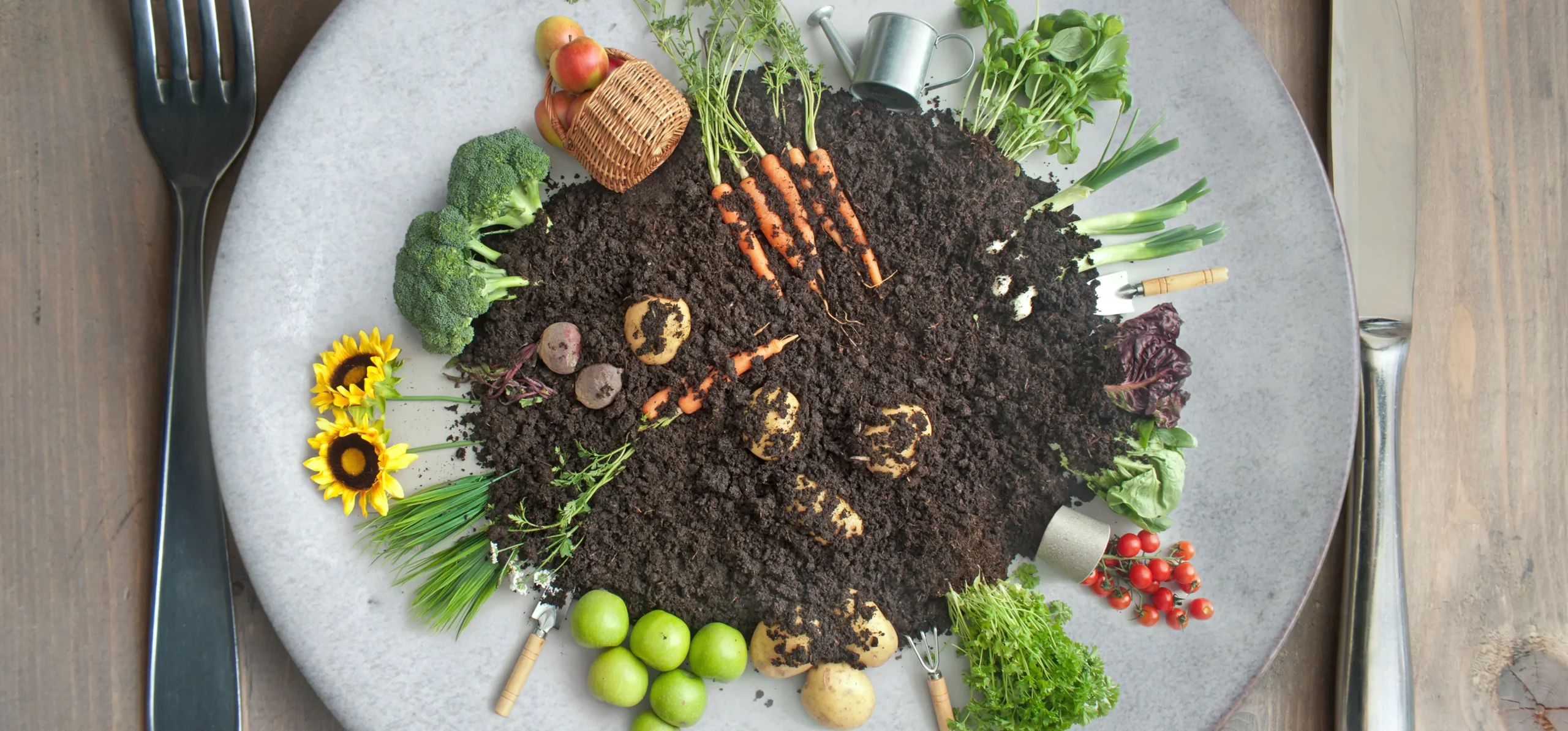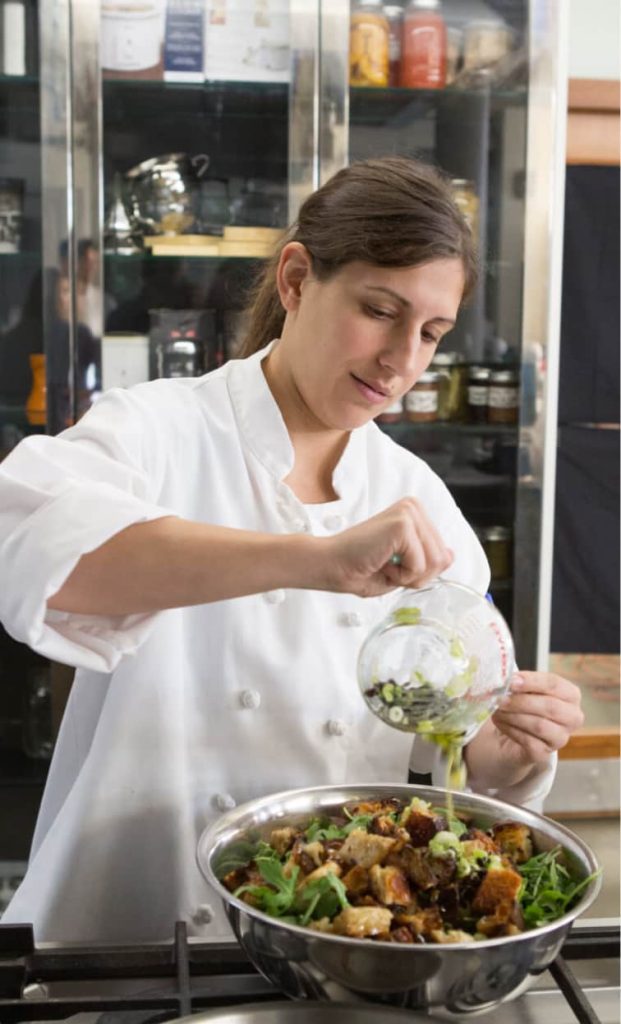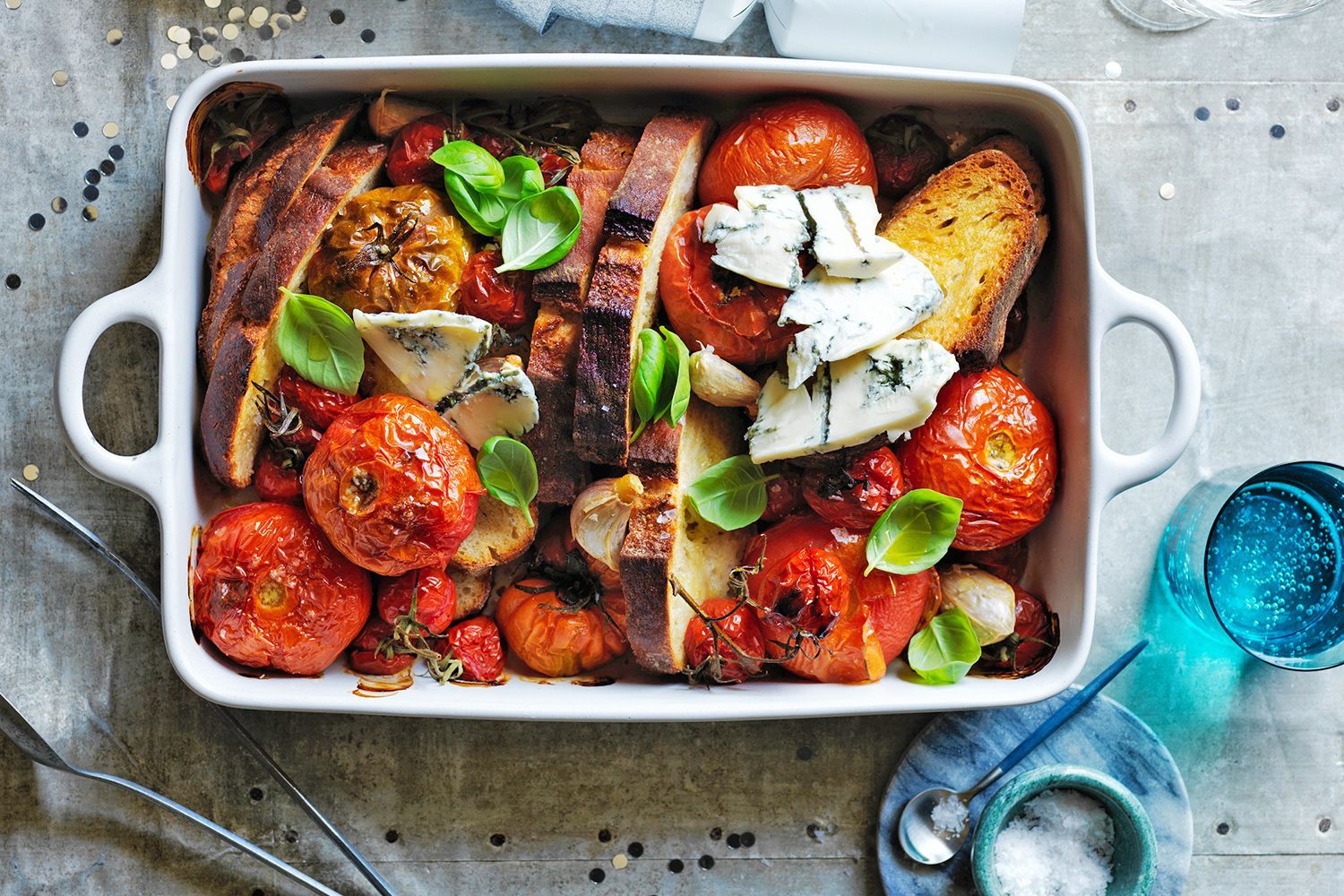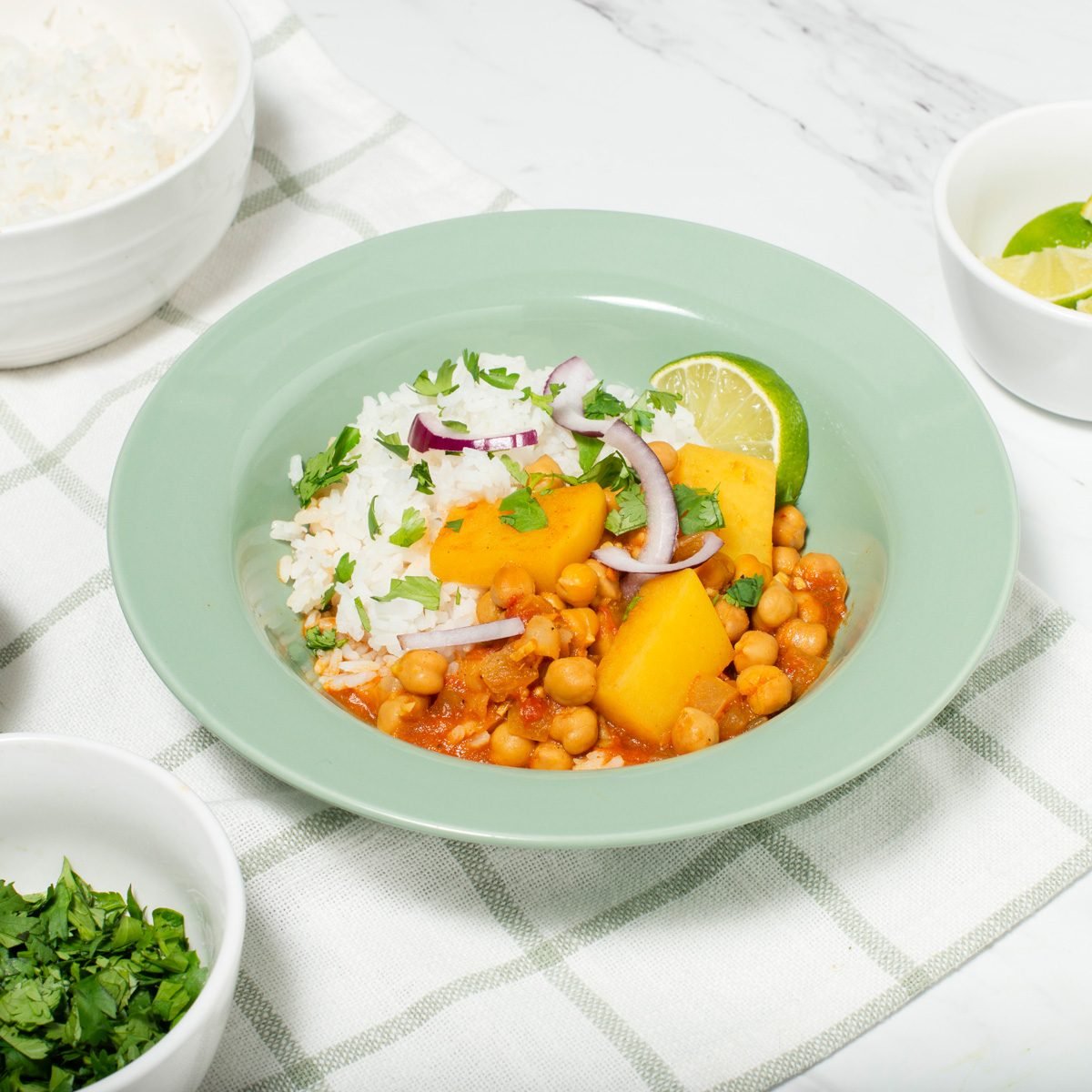Culinary Challenges: Creating Dishes with Limited Ingredients and Creativity

The Art of Cooking Within Limits
In a world where resources can often be scarce, the kitchen becomes a stage for innovation. Culinary challenges spark creativity and encourage home cooks and chefs alike to think outside the box. Limited ingredients don’t have to mean limited flavor; in fact, they can lead to some of the most memorable dishes. The ability to adapt and create with what you have at hand often leads to the most exciting culinary experiences.
Consider the art of cooking with constraints. Here are some ways scarcity can inspire culinary brilliance:
- Resourcefulness: Making the most of what’s available can result in unexpected flavor combinations. For instance, utilizing leftover vegetables to create a hearty soup can surprise you with its depth of flavor. A simple dish of sautéed greens, combined with a splash of vinegar and spices, can transform humble ingredients into a standout plate.
- Seasonality: Cooking with in-season ingredients not only supports local farmers but also enhances flavor. For example, summer offers a bounty of fresh tomatoes and basil that can be effortlessly combined into a classic Caprese salad. These seasonal choices often yield vibrant flavors and textures that are unparalleled.
- Budget-friendly meals: Creating delicious dishes that are easy on the wallet provides a sense of accomplishment. Consider the classic American dish of chili, which can be made flavorful with just beans, tomatoes, and spices. Not only is it economical, but it’s also a warm dish perfect for gatherings.
Throughout history, chefs have turned limitations into opportunities. Culinary cultures around the globe have rich traditions built from limited resources. For instance, the hearty peasant foods of Mediterranean cuisine showcase how simple legumes, grains, and seasonal produce can create deeply satisfying meals. Meanwhile, farm-to-table movements in the Midwest emphasize maximizing the available seasonal bounty, turning overlooked ingredients into gourmet experiences.
As we delve deeper into the art of creating remarkable dishes with limited ingredients, it’s important to appreciate the narratives behind these cooking methods. Whether it’s the inventive use of leftover meats in a savory hash or the colorful presentation of a one-pan vegetable medley, prepare to be inspired by the stories, techniques, and recipes that define this adventurous approach to cooking. Discover the balance of simplicity and innovation that make these dishes not only feasible but also delightful, cobbling together flavors and techniques that reflect both creativity and respect for resources.
Indeed, as we navigate the intricacies of our culinary journey, embracing scarcity could lead to a revival of traditional techniques and fresh, imaginative dishes that honor both the past and the present. By exploring these themes, we can redefine our relationships with food, resourcefulness, and environmental sustainability.

DIVE DEEPER: Click here to discover the art of molecular gastronomy
Embracing Limitations in the Kitchen
Cooking with limited ingredients can seem daunting, but this culinary challenge often unveils new horizons of flavor and texture. For many home cooks and culinary enthusiasts, the key lies in embracing the restrictions rather than viewing them as obstacles. When the pantry feels bare, it demands a clever approach that calls for resourcefulness and a willingness to experiment. This is where the magic happens.
One of the most effective strategies for creating delightful dishes under constraints is to focus on core ingredients that serve as a foundation for flavor. Establishing a system around these ingredients can fuel creativity and inspiration. Here are some core principles to consider:
- Layering flavors: Building depth often comes from enhancing the fundamental tastes of a dish. For example, a simple rice dish can transform into a flavorful meal by incorporating broth instead of water, sautéing aromatic ingredients like onions and garlic, or adding spices such as cumin and turmeric.
- Texture variety: Introducing contrasting textures can elevate a meal. A creamy soup can be topped with crunchy croutons or roasted nuts, while a soft polenta can be paired with sautéed vegetables or a crispy fried egg, leading to a more satisfying dining experience.
- Smart substitutions: When faced with ingredient limitations, think critically about what else can fill the gap. If a recipe calls for a specific herb or spice, consider what’s already available. For example, if fresh basil is unavailable, a sprinkle of dried oregano or even a zest of lemon can provide a much-needed flavor punch.
In many culinary traditions, the concept of creativity with limited ingredients is not just a necessity; it represents a rich legacy. For instance, in the southern United States, dishes like gumbo and jambalaya emerged from a need to use whatever ingredients were leftover in the kitchen. These meals are a testament to how resourcefulness can result in iconic status. Just like the comforting bowl of versatile chili, that can be tailored with whatever beans or vegetables you have on hand, the outcome can often be more gratifying than anticipated.
Moreover, it’s essential to recognize the nutritional aspect of crafting meals with limited ingredients. A focus on using what’s fresh and in-season not only minimizes waste but also maximizes health benefits. Incorporating seasonal produce encourages a diet rich in nutrients. The farm-to-table trend in America and the rise of community-supported agriculture highlight a return to seasonal cooking, where meals become a direct reflection of what the earth has to offer at any given time.
As we continue our exploration of culinary challenges, think of the stories behind your dishes. How can one ingredient shift your perspective? What surprises await you in the depths of your pantry? In navigating through the realm of limited resources, culinary creativity reveals itself not just as a skill, but as a treasure trove of possibilities, waiting to be unearthed. Prepare to be inspired as we share inventive techniques and mouthwatering recipes designed to revolutionize your cooking experience.
Culinary Challenges: Elevating Flavor with Minimal Ingredients
In the culinary world, creating dishes with limited ingredients can be a remarkable challenge that sparks creativity and innovation. The ability to transform basic staples into extraordinary meals is an art that requires not only skill but also a deep understanding of flavor profiles and techniques. As we delve deeper into the theme of Culinary Challenges, it becomes clear that these restrictions can yield outstanding results.One of the most significant benefits of cooking with fewer ingredients is the opportunity to enhance the natural flavors of each component. When chefs focus on simplicity, they can elevate the quality of their dishes by selecting high-quality ingredients that shine when used thoughtfully. For instance, a basic tomato sauce enriched with garlic, olive oil, and fresh herbs can deliver a complex flavor profile that excites the palate without the need for a lengthy list of components.Moreover, working within constraints encourages resourcefulness in the kitchen. Chefs and home cooks alike learn to improvise, substituting ingredients based on availability or personal taste. This adaptability not only promotes creativity but also fosters a greater appreciation for the food that is typically taken for granted. For example, transforming stale bread into a flavorful panzanella salad or using leftover vegetables in a hearty frittata showcases how limitations can lead to delicious outcomes.Furthermore, embracing the challenge of limited ingredients can promote healthy cooking habits. It nudges individuals to focus on whole, unprocessed foods rather than relying on pre-packaged items. By prioritizing fewer items, cooks can select nourishing produce and grains, encouraging balanced meals that are packed with nutrients. As we explore this culinary journey further, the next step is to examine specific strategies and techniques that facilitate the creation of exciting dishes with limited resources. The next section will provide practical advice, recipes, and ideas for overcoming ingredient restrictions while achieving delightful culinary results.
| Advantages | Impact |
|---|---|
| Enhances Flavor Profiles | Encourages the use of high-quality, fresh ingredients. |
| Promotes Resourcefulness | Develops improvisation skills and encourages innovative recipe creation. |
| Encourages Healthy Eating | Focuses on whole and unprocessed foods, benefitting health and nutrition. |
DISCOVER MORE: Click here to transform your garden into a masterpiece
Innovative Approaches to Limited Ingredients
When facing the challenge of limited ingredients, creativity often takes center stage in the kitchen. Home cooks are transforming the way we perceive meals by not only relying on what is readily available but also reimagining traditional recipes. The art of cooking quickly adapts with newfound resourcefulness, and specific techniques can facilitate this inventive process.
One increasingly popular method is transformative cooking, where basic ingredients undergo radical changes. For example, a humble potato can become crispy roasted wedges, creamy mashed potatoes, or even oven-baked potato skins. This versatility allows the chef to cater to varying taste preferences and creates a spectrum of visual appeal on the plate. The concept can extend to staples like pasta: a few basic ingredients can morph into various forms—think pasta salads, baked casseroles, or homemade frittatas using leftover noodles.
Moreover, cooking in bulk can serve multiple purposes for those operating with limited resources. Preparing large batches of flexible components—such as grains, beans, or roasted vegetables—can lay the groundwork for different meals throughout the week. For instance, a simple pot of quinoa can be easily transformed into a variety of dishes, from hearty salads to comforting grain bowls, providing an economical and efficient approach to meal planning.
The integration of one-pot meals is another thriving trend that caters to this culinary challenge. With everything cooked in a single vessel, it minimizes cleanup while maximizing flavor. Recipes like stir-fries or hearty stews capture the essence of simplicity while remaining nourishing. For instance, a one-pot chicken and vegetable dish can evolve depending on which seasonings or vegetables you have at hand, making it a dynamic canvas for innovation.
The impact of social media and cooking shows has undoubtedly inspired home cooks to push boundaries. Platforms like Instagram and TikTok have birthed vibrant cooking communities where users share their creations, igniting a worldwide trend of embracing limited cooking scenarios. Many chefs readily share budget-friendly recipes that make use of pantry staples in innovative ways. Influencers are showcasing how minimal ingredients can yield stunning dishes, often providing a sense of camaraderie and encouragement to others embarking on similar culinary endeavors.
A fascinating aspect of using limited ingredients is the opportunity for cultural exchange. Many cuisines around the world celebrate simplicity and resourcefulness, resulting in comfort foods that reflect local traditions and flavors. A perfect example is the Italian “cucina povera,” which translates to “poor kitchen.” This tradition emphasizes using leftovers and humble ingredients to create satisfying fare, tapping into a rich history of culinary creativity driven by necessity.
In navigating the culinary labyrinth of limited resources, the promise of an extraordinary meal can often lie beneath the surface. The next time you find yourself staring into a nearly empty pantry, consider this: within those constraints lies an opportunity to innovate and discover, transforming everyday ingredients into gourmet experiences that challenge and excite your palate.
DISCOVER MORE: Click here to delve into the world of creative therapy
Conclusion: Embracing Culinary Creativity
In the world of culinary challenges, the ability to create delicious dishes using limited ingredients serves not only as a test of skill but also as an opportunity for boundless creativity. As we have explored, the innovative approaches such as transformative cooking, bulk meal preparation, and one-pot meals empower home cooks to make the most of what they have on hand. The resourcefulness displayed within constrained kitchens not only hones culinary techniques but fosters a deeper appreciation for the art of cooking.
Moreover, the influence of social media has democratized the culinary landscape, connecting individuals who share similar challenges while inspiring them with budget-friendly recipes that ignite creativity. This communal spirit invites all cooks—seasoned chefs and novice food enthusiasts alike—to explore diverse global cuisines that highlight simplicity and adaptability. Traditions like “cucina povera” remind us that the essence of comfort food often lies within the humble pantry staples we may overlook.
Ultimately, cooking with limited ingredients can be more than just a survival tactic; it is a celebration of ingenuity, culture, and connection. The next time you open your fridge or pantry and feel limited by your supplies, embrace the challenge and delve into your creative potential. With a sprinkle of imagination and a dash of resourcefulness, you might just discover delightful new dishes that redefine your culinary experience. What culinary challenges will you conquer next?


